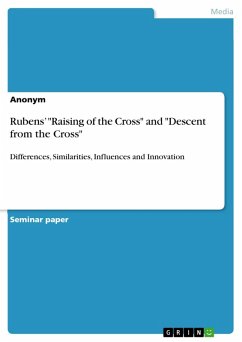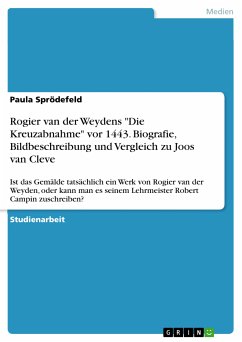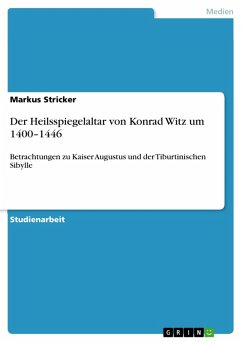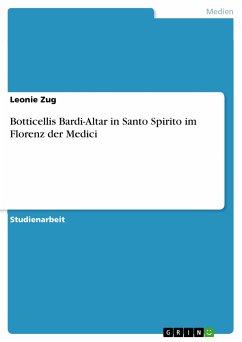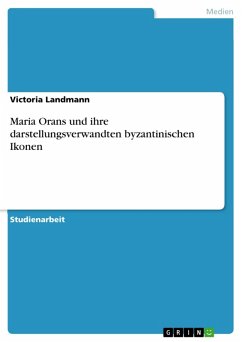Seminar paper from the year 2015 in the subject Art - Visual artists, grade: 1,5, University College Dublin, language: English, abstract: When looking at research done about Peter Paul Rubens one can not get around a thesis that has been raised by many scholars over the years: Two major altarpieces, namely the "Raising of the Cross" from 1610-1611 and "Descent from the Cross from 1611-1614 have been seen as opposing artworks and stand as surrogates for his Baroque and Classical phase, respectively. How come these two artworks, finished only a few years apart from each other, gave way to such a big divide? Is there knowledge to be gained by using traditional stylistic terms to separate Rubens workflow into phases? This paper will explore the divide of the two altarpieces and provide a cohesive analysis of differences, similarities, influences and innovation. Starting with a short introduction to the historical background, a short description is provided to lead into a selective comparison.
Dieser Download kann aus rechtlichen Gründen nur mit Rechnungsadresse in A, B, BG, CY, CZ, D, DK, EW, E, FIN, F, GR, HR, H, IRL, I, LT, L, LR, M, NL, PL, P, R, S, SLO, SK ausgeliefert werden.

